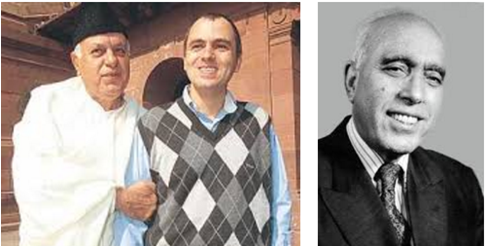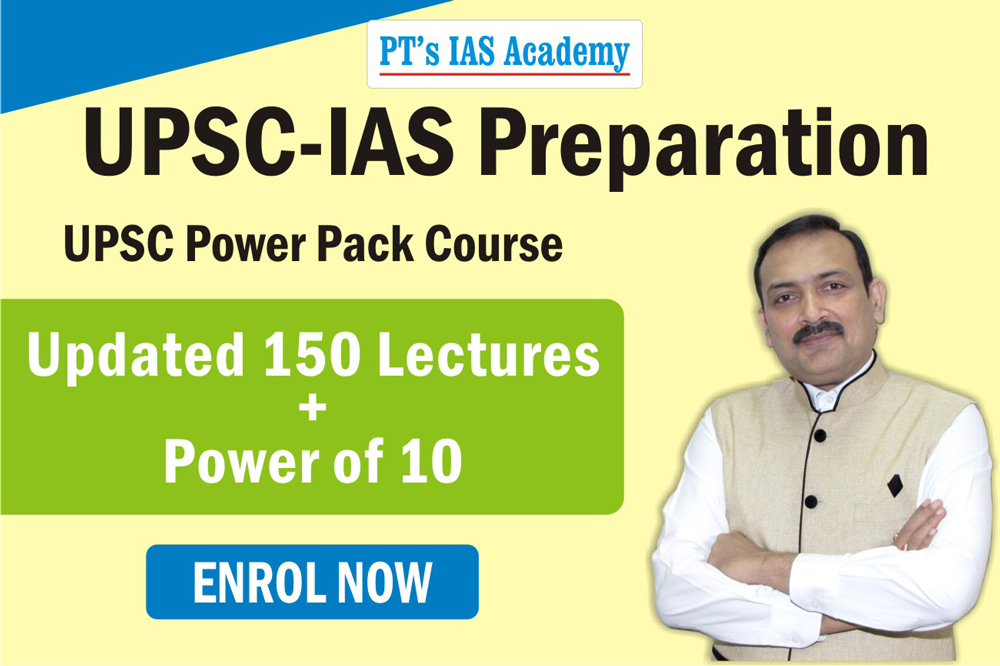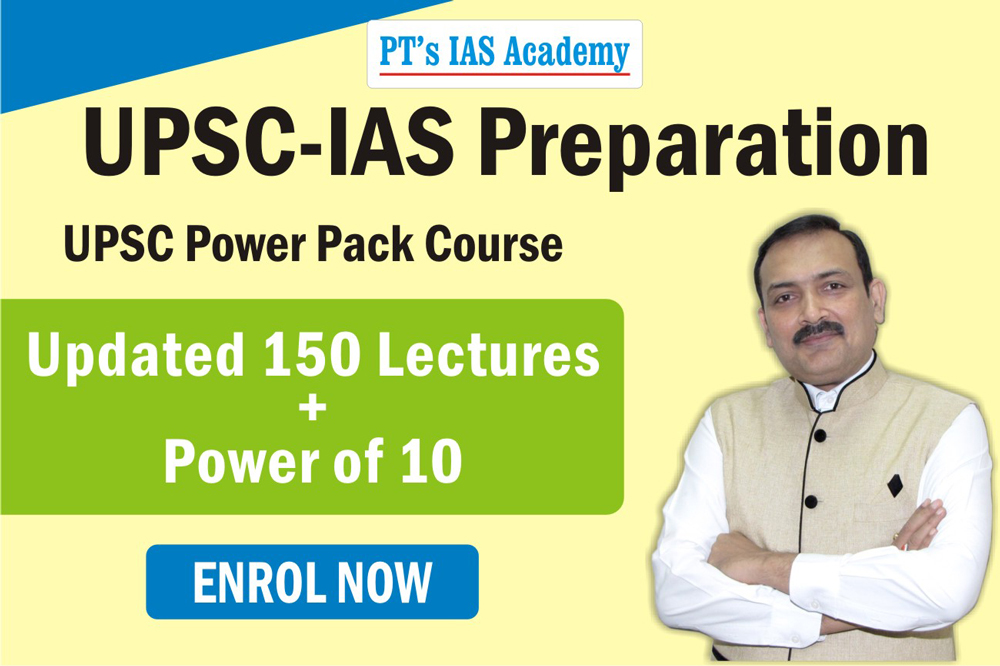Excellent study material for all civil services aspirants - begin learning - Kar ke dikhayenge!
CONCEPT – SPECIAL STATUS OF JAMMU AND KASHMIR
Read more on - Polity | Economy | Schemes | S&T | Environment
- Unique and troubled : The unique state of Jammu and Kashmir is as beautiful as complex. Since 1947, it has been a case study of Constitutional Law in India. The story hasn’t ended even in 2017, but looks all set to enter a totally new phase.
- 1927, 1932 and 1956 : Maharaja Hari Singh notified the law (in 1927 and 1932) defining subjects of the state and their rights. Anyone born or settled in the state before 1911 was considered a permanent resident. The J and K constitution made in 1956 retained this definition. So only permanent residents can get jobs, buy property, etc. The two articles of Indian constitution – Articles 370 (special status) and Article 35 A (permanent residency) – stand in the way of ‘full integration’ of the state with the Union of India. There are complex historical reasons for both. After the Dogra rule ended, Sheikh Abdullah got power, and negotiated the Article 370 with Delhi. India retained defence, communications and foreign affairs only. We will read the text of both in the later pages.
- Accession to the Union of India : Maharaja Hari Singh was the last ruling Maharaja of the princely state of Jammu and Kashmir. He accepted accession to the Union of India when Pakistani soldiers attacked the state, with the aim of ultimately capturing it. India came to the rescue immediately upon his request. From 1846 until 1952, this princely state was ruled by a Jamwal Rajput Dogra Dynasty. The state was created in 1846 after the First Anglo-Sikh War as per the Treaty of Amritsar. The East India Company annexed the Kashmir Valley, Jammu, Ladakh, and Gilgit-Baltistan from the Sikhs, and then transferred it to Gulab Singh in return for an indemnity payment of 7,500,000 Nanakshahee Rupees.
- After 1947 : In 1947, Britain gave up its rule of India, and the Indian Independence Act created the Dominion of Pakistan and Dominion of India. As per the Act, "the suzerainty of His Majesty over the Indian States lapses, and with it, all treaties and agreements in force at the date of the passing of this Act between His Majesty and the rulers of Indian States." Each of the princely states was now free to join India or Pakistan or to remain independent. This was a master stroke by the British to ensure a complete balkanization of the Indian nation, something that Sardar Patel prevented through his efforts.
- Hari Singh’s stand : At the time of the Indian independence, Maharaja Hari Singh preferred to become independent but the attack by raiders from the Northwest Frontier Province, supported by Pakistan, put an end to his plans for independence. On 26 October 1947, the Maharaja signed the Instrument of Accession joining the Dominion of India in return for military aid. The western and northern districts presently known as Azad Kashmir and Gilgit-Baltistan passed to the control of Pakistan in a series of unfortunate events.
- Very quick turn of events post 2014 : It was inconceivable till a few years ago that the very status of these two so-called “sacrosanct” Articles will ever be questioned. All politicians would do the usual chest-thumping on “Kashmir being an integral part of India” and then meekly admit that “Articles 370 and 35A are sacrosanct” and nothing else can be done. When PM Modi took over, the unthinkable has happened. Questions have been raised about Article 35 A, and now, even the hallowed Article 370. In August 2017, the Supreme Court pointedly asked the Central Government if Article 370 was indeed a temporary provision that had now lapsed and hence is no longer valid! This surely was a landmark event.
- PIL on Article 370 : The latest PIL on this matter (filed by a lawyer Anil K Jha) has raised all these uncomfortable questions in one shot. The most pointed question is that “temporary provisions” were valid only till the time the Constituent Assembly itself existed. The moment the Constituent Assembly of India, and definitely when the Constituent Assembly of J and K was dissolved (1957), all such provisions ended. In 1954, the State had ratified the accession. In any case, the President or the Parliament had not ratified the Constitution of that State.
- Full integration : Articles 370 (special status) and Article 35 A (permanent residency) are the two that stand in the way of ‘full integration’ of the state with the Union of India. There are complex historical reasons for both.
- August 2017 – Article 370 – Supreme Court : A 3-judge bench of the SC asked the Union government if the Article 370 was just a temporary provision that was no longer valid. The judges were : CJI J S Khehar, Justice Adarsh K Goyal and DY Chandrachud. The petition filed claimed that Article 370 is not a permanent provision, and would have lapsed with time. This PIL was dismissed by the Delhi HC earlier, hence the petitioner approached the SC.
- J&K High Court : In July 2015, the division bench of J&K high court comprising Justice Muzaffar Attar and Justice A M Magrey enumerated the importance of Article 35A and said this law, which has been applied to J&K, clarifies the already existing constitutional and legal position and does not extend something new to the state. The court observed that Article 35A was only a clarificatory provision to clear the issue of constitutional position obtaining in the rest of country in contrast to J&K. It had said that “The power of Parliament to make laws in respect of J&K is circumscribed and it can make laws for it only where permitted by the state and not otherwise, and that too in accordance with the mechanism prescribed by Article 370 of the Constitution of India.” Simply said, the Constitution could not apply, by its own force, to Jammu and Kashmir.
- The Abdullahs as saviours : National Conference President and Lok Sabha member Farooq Abdullah, in his typical dramatic style, warned of an “uprising“ if Article 35A was abrogated. He warned that when the Amaranth land row happened in 2008, people rose overnight. His son Omar Abdullah now wants to educate the people of J&K about the implications of striking down 35A, and will organise awareness camps starting August 14. The boss of the PDP-BJP alliance government, CM Mehbooba Mufti, has warned against any tinkering of Article 35A.
- Implications of Article 370 : There are many. A partial list is
- Citizens have double citizenship
- The state has its own flag (Karnataka raised a similar demand in July 2017)
- Legislative Assembly duration is 6 years
- Supreme Court’s orders are not applicable in the state
- A lady citizen of J and K, if married to a citizen of India (outside that state), stands to lose her citizenship and associated rights
- Indian citizens cannot buy land and become permanent residents in that state
- IPC (Indian Penal Code) is not applicable. They have the Ranbir Penal Code or RPC, introduced during the rule of Dogra dynasty with Ranbir Singh as its ruler
- GST is applicable! For the fear of losing out on trade and commerce, the State enacted the legislation needed to implement GST, in August 2017. It was the last state to do so.
Read more on - Polity | Economy | Schemes | S&T | Environment
* Content sourced from free internet sources (publications, PIB site, international sites, etc.). Take your own subscriptions. Copyrights acknowledged.


























COMMENTS